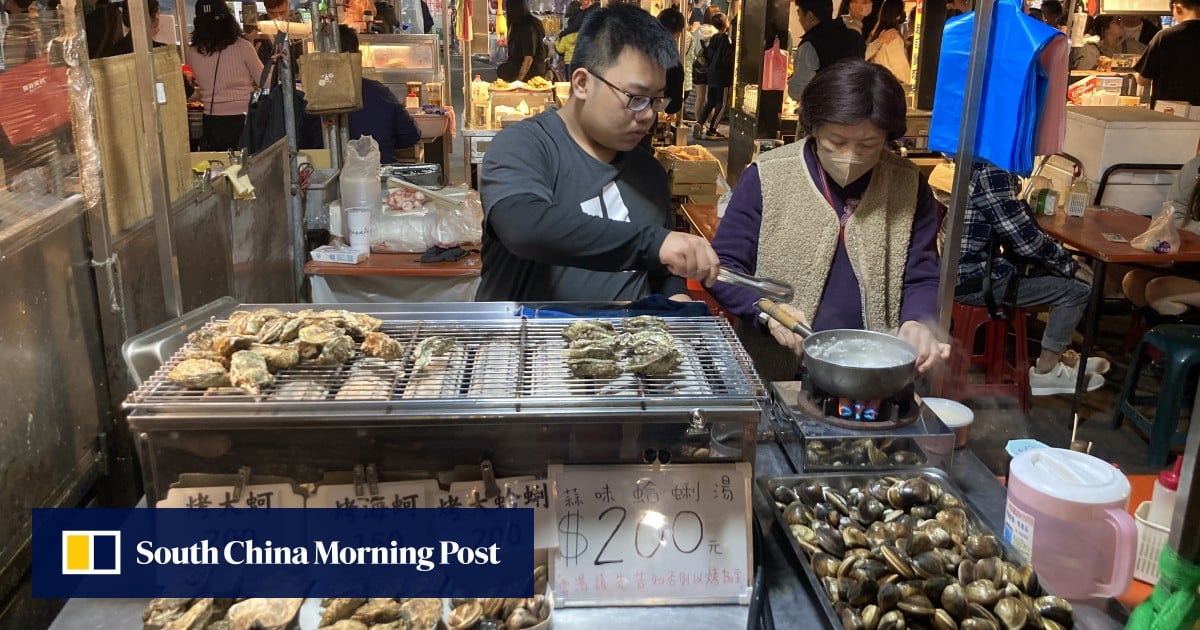Further out, recent technology-fuelled growth creates a dynamic contrast as Tainan celebrates its 400th birthday.
In 1624, Dutch traders were chased out of the Pescadores Islands, now called Penghu, an archipelago in what is now the Taiwan Strait. They retreated 50 miles across the water southeast, to the island of Formosa, now Taiwan.
Here, in the swampy delta of the Zengwun River, at the settlement of Tayouan, they built Fort Zeelandia, and Tainan – now Taiwan’s oldest city – was born.
Forget street food – why hiking in Taiwan is picking up pace
Forget street food – why hiking in Taiwan is picking up pace
Four centuries later, the city of just under 2 million people is throwing itself a birthday party, which is an “opportunity for us to reflect on the hard- and software development of the city”, said mayor Huang Wei-che at an event launching the celebrations.
Exactly 400 fireworks were launched on New Year’s Eve and the city has planned a year of celebrations, from arts and cultural festivals – such as the Tainan 400 Hakka Fair (April 15 – November 30) – to more symbolic measures, such as partnering with a local brewer to produce commemorative craft beer and commissioning a local rapper to write the song Slowly Love Tainan.
A food fair will run from September to December; Creative Expo Taiwan will be hosted in the city from August to September; and, in February, the Taiwan Lantern Festival will be held in Tainan for the first time in 16 years. Most of the city’s museums and cultural centres are running special programmes throughout 2024.

Tainan and Béziers, the oldest continuously inhabited town in France, recently became sister cities to celebrate the anniversary.
Nicknamed the Phoenix City thanks to its history of renewing itself, Tainan served as the political, economic and cultural capital of Taiwan up until the late 19th century. Now, influences from the island’s indigenous peoples mix with the faint traces left by the Dutch, a bounty of design, culture and architecture.
Perhaps it is that cosmopolitan history that makes Tainan’s citizens so welcoming of tourists, with much of the hospitality revolving around food.
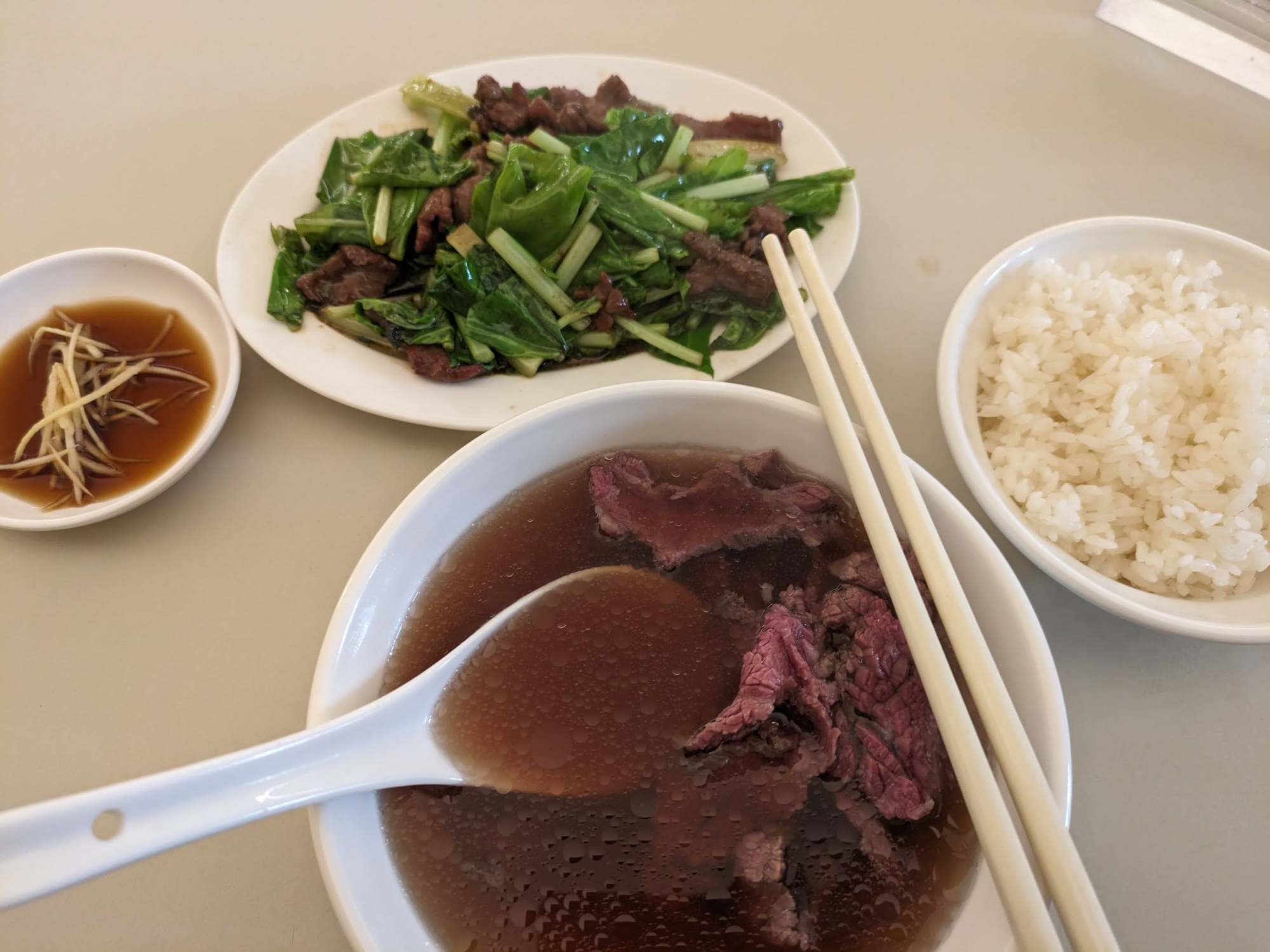
One of the local delicacies is “warm-bodied beef”, meat from a cow butchered that day and served without having been refrigerated.
Bob Chiang, who I meet at Tainan’s marina, guides me to A-Cai Beef Soup, a hotpot restaurant in the heart of old Anping district where tray after tray of warm-bodied meat arrives at our table, different cuts offering unique textures.
With steam billowing around his head, Chiang explains why, when he returned to Taiwan after decades abroad, he ruled out moving back to his hometown of Taipei.
“I like the slower pace of life here in Tainan. People are warmer and more welcoming than in Taipei,” he explains.
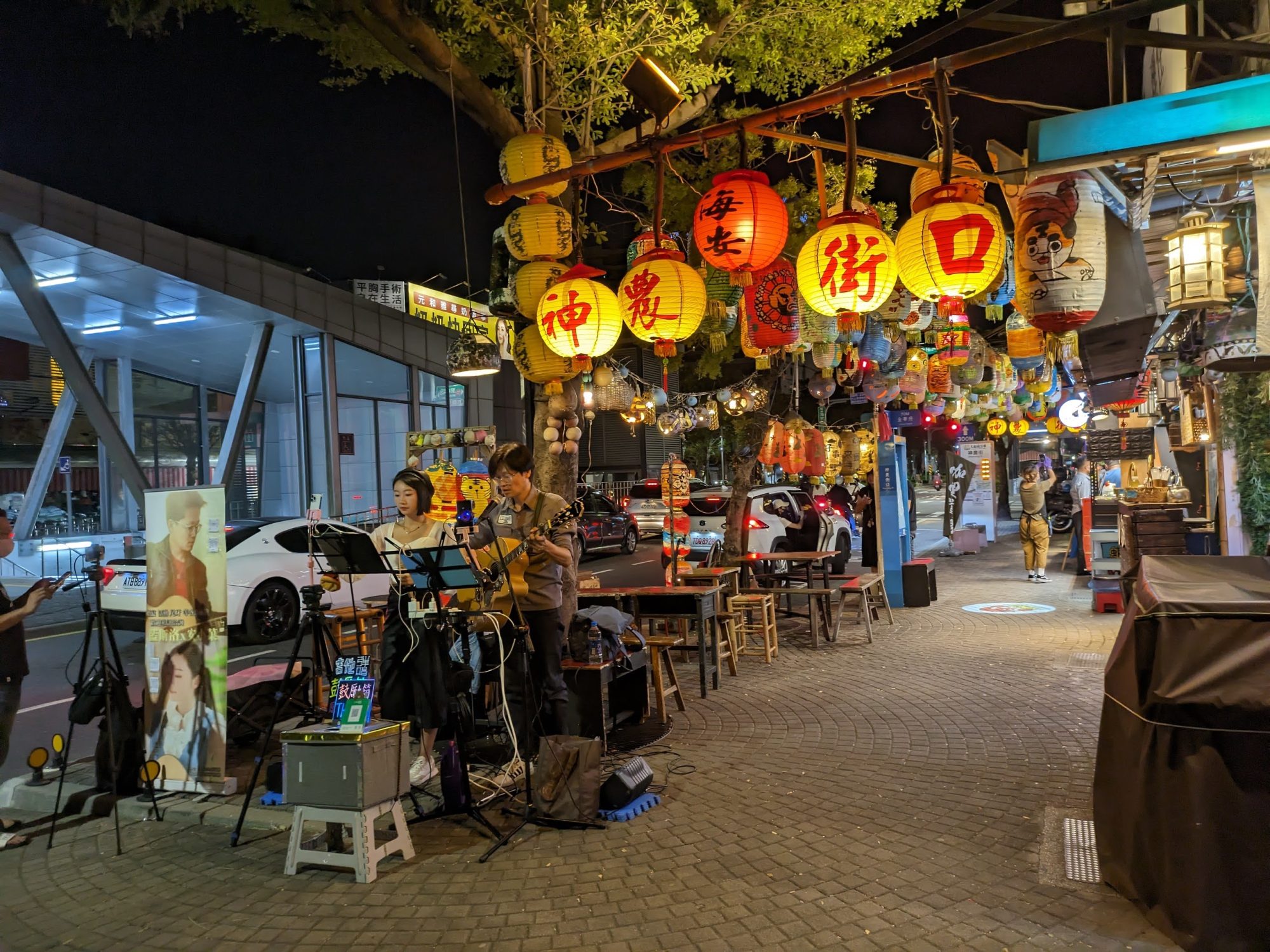
Chiang founded a sailing school that caters to the influx of young professionals and bought an apartment in one of the new towers in Anping, within walking distance of Fort Zeelandia (also known as Anping Old Fort).
While locals are ready to debate where to find the best beef, the city’s many night markets are where the greatest selections of food are on offer.
While the biggest, most celebrated sites – such as the Tainan Flower Night Market north of the city centre – are crammed with tourists, there are many smaller night markets sprinkled throughout the city, and nearly every festival or event is accompanied by temporary market stalls.
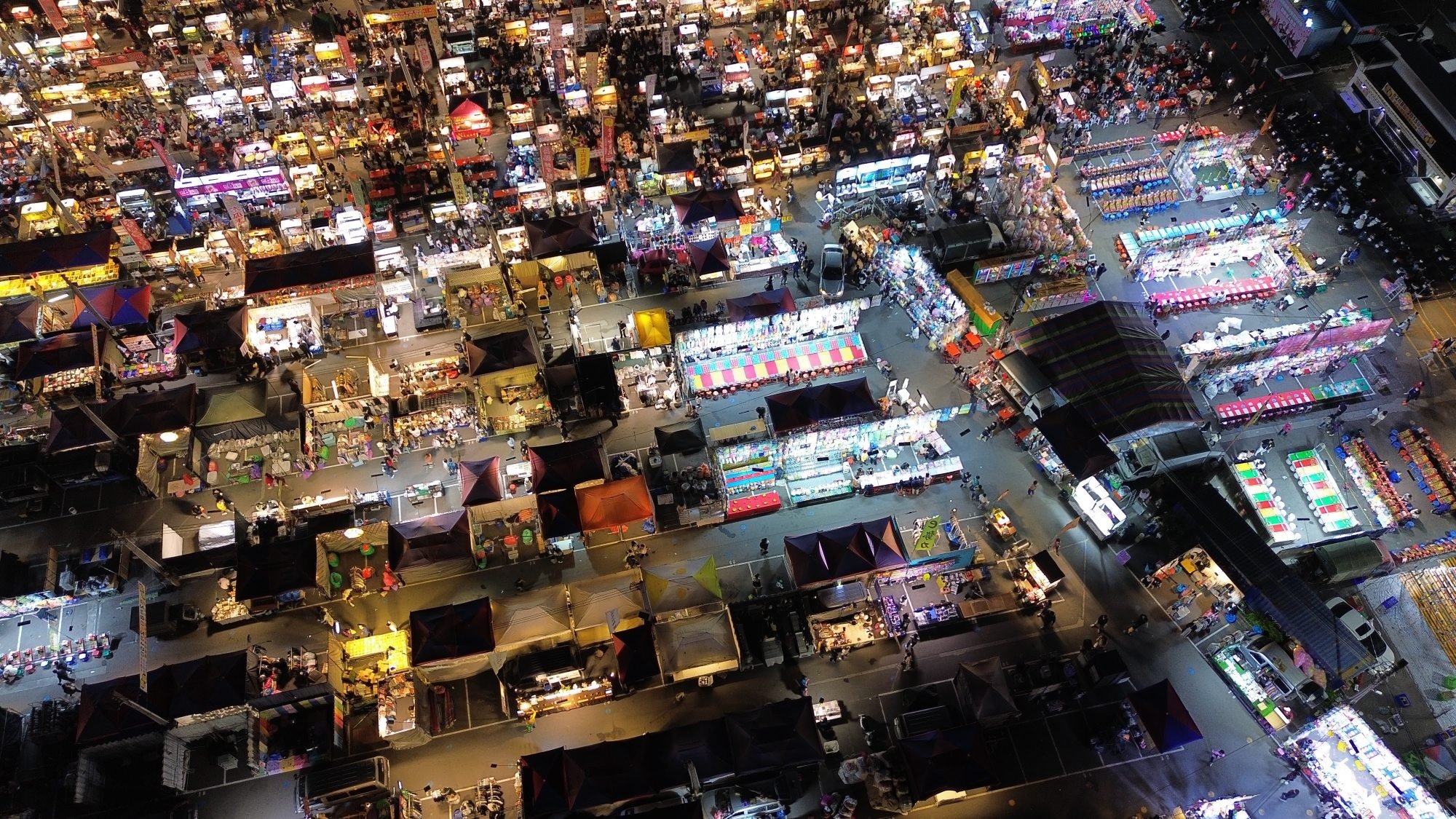
Exploring the markets is as much a physical and olfactory experience as gastronomic, with the pungent tang of stinky tofu mixing with the heavy smell of deep-fried squid and chicken. Crowds surge through the narrow lanes, jostling to reach the most popular stalls.
Food is eaten standing up, often in a slightly bent-over posture to ensure that the skewered treats don’t stain your shirt.
Tainan’s traditional industries of agriculture and fishing still exist, with the coastline dotted with oyster farms, but the creation of the Southern Taiwan Science Park in 1995 added technology to the economic mix.

Investment from the likes of Taiwanese tech darling TSMC is changing Tainan, with gleaming new high-rise apartment buildings and commercial towers jutting up above the traditional low-rise cityscape. But the government has also promoted the refurbishment of historical buildings.
“Tainan has done a great job of preserving its heritage buildings, and making practical use of them, which interested me as an architect,” says Cheung Chun-kin, who relocated from Hong Kong two years ago.
What city leaders have so far not managed to do is build an efficient public transport system. Tainan does not have a metro, although one has long been planned, and the bus network is too patchy to be practical.

However, the difficulty in getting around is eased by the slick YouBike electric bike rental company, and a recent expansion of the high-speed rail system puts the international airport in Kaohsiung within a half-hour train ride away.
Despite the new development, it’s Zheng Chenggong, also known as Koxinga, who looms largest over the city.
A statue of the Ming dynasty general and pirate – who drove the Dutch out of Tainan in 1661 – watches tourists clamber over the weathered stone walls and explore the centuries-old buildings at Chihkan Tower, a relic of the Dutch occupation and the oldest building in West Central.
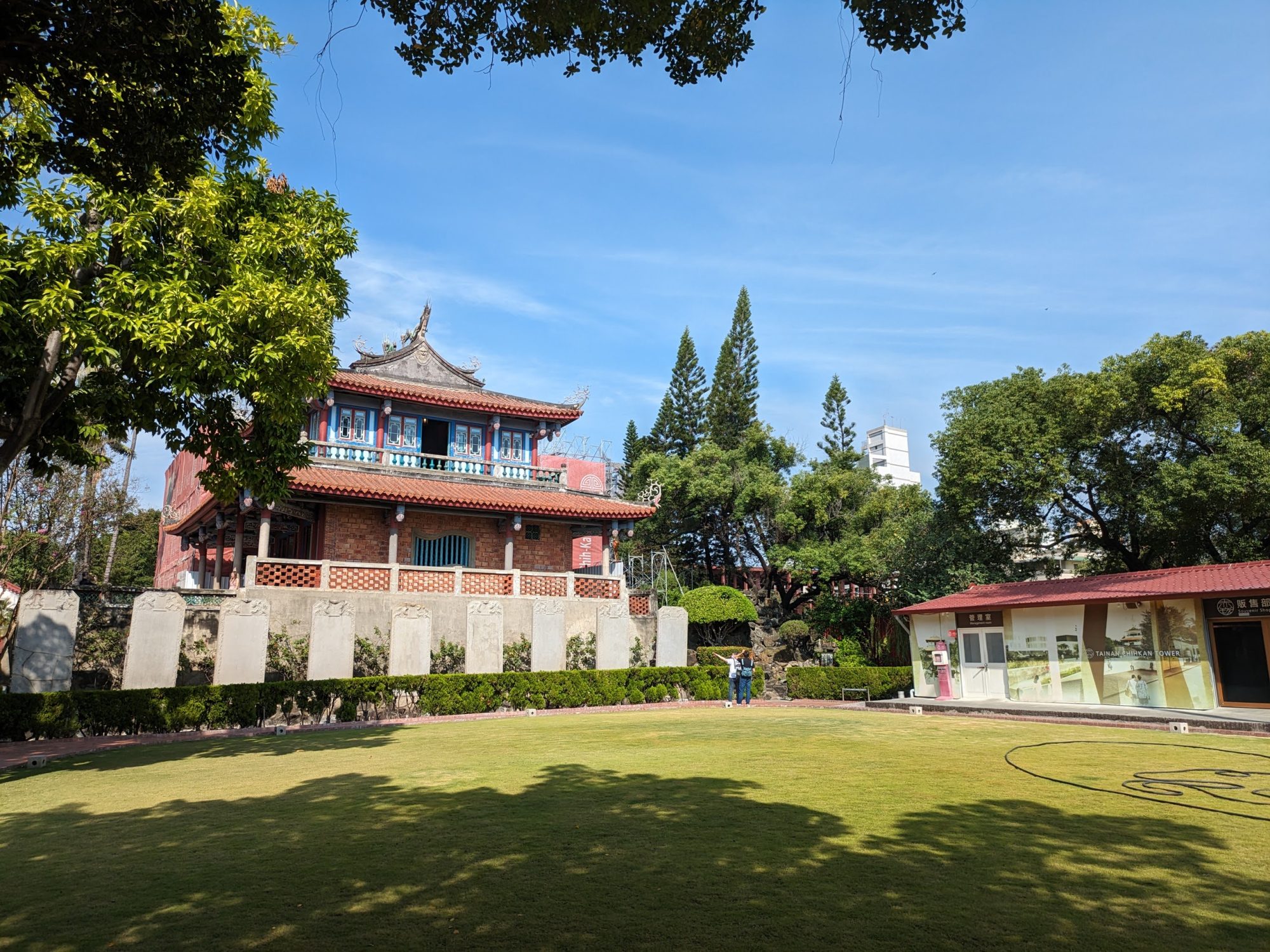
Taiwan’s first educational institution, the Confucius Temple, was built by Koxinga’s eldest son, Zheng Jing, to honour his father. The buildings inside the walled compound are decorated with intricate calligraphy, while a red-painted granite stele is carved with characters instructing all who pass to dismount from their horses to show respect.
Yanping Junwang Temple was also built by Zheng Jing to honour his father, and towering over it is a statue of Koxinga mounted on a horse. Inside is a shrine dedicated to Koxinga’s Japanese mother.
Inside the temple, the incense smoke rises lazily to the ceiling, as it would have four centuries ago. But when I step outside, the building’s bright turquoise roof tiles are a reminder that Tainan wears its history in layers.
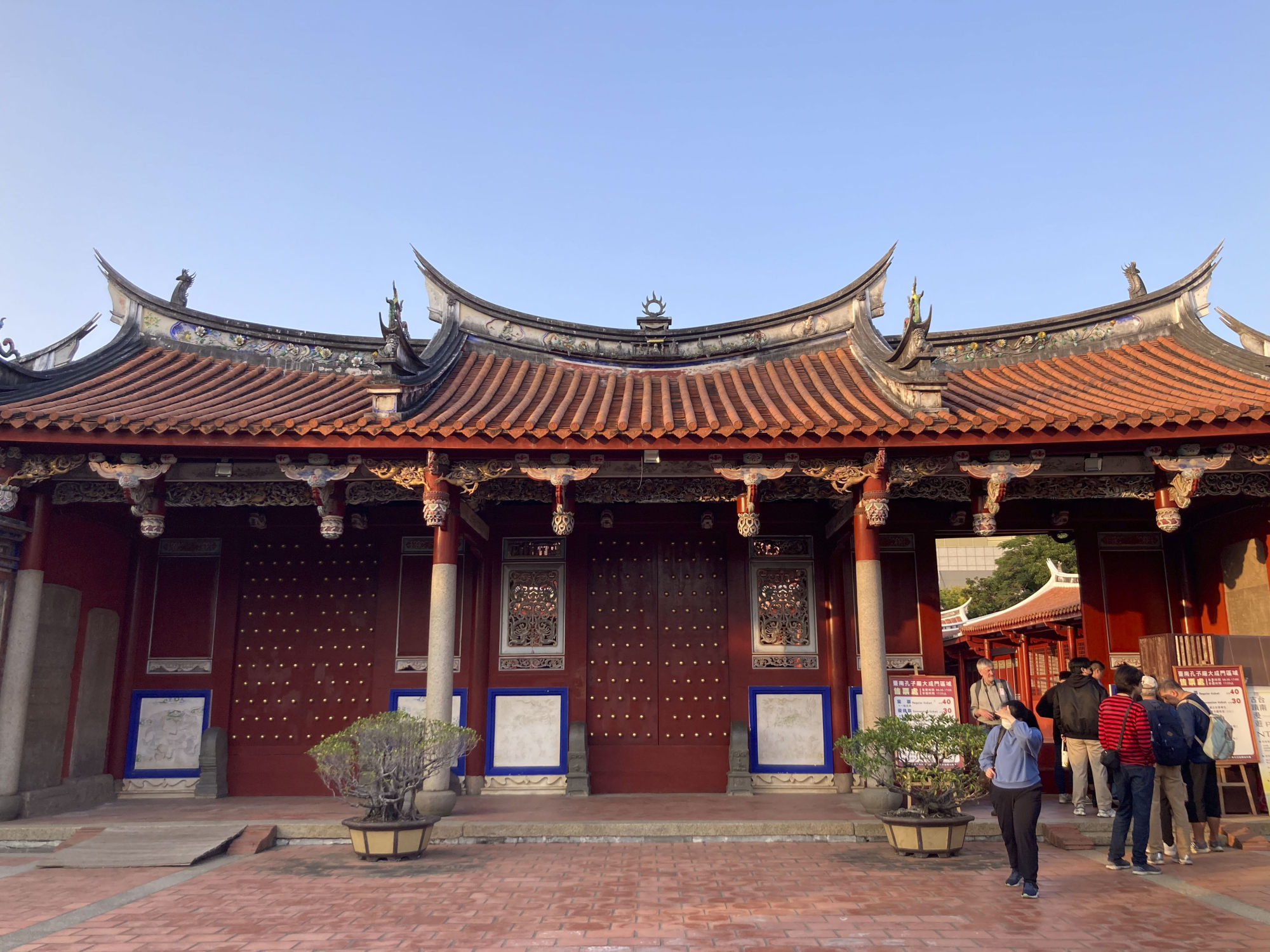
Like many of the city’s other historical sites, Yanping Junwang Temple has been rebuilt numerous times, the current structure dating back only to the 1960s.
Stepping back into streets buzzing with scooter traffic, I realise I had better explore Tainan and its charms immediately, before history rebuilds it again.

